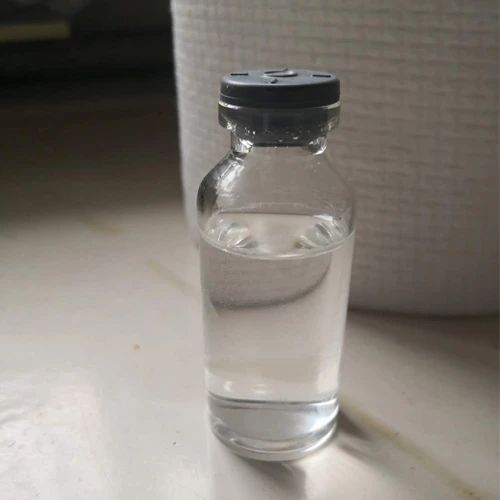The Significance of Active Pharmaceutical Ingredients (APIs) in Modern Medicine
Active Pharmaceutical Ingredients (APIs) are the cornerstone of pharmaceutical development, playing a pivotal role in the creation of effective and safe medications. These substances are responsible for the therapeutic effects of drugs and are integral to the formulation of both prescription and over-the-counter medications. Understanding APIs is essential for grasping the complexities of drug formulation, manufacturing processes, regulatory considerations, and therapeutic applications.
Definition and Importance of APIs
An API is defined as any substance or mixture of substances intended to be used in the manufacture of a medicinal product, which, when used in the production of a drug, becomes an active ingredient. The potency of a pharmaceutical product hinges on the quality and efficacy of its API. Therefore, APIs are not merely a component of a drug; they are the primary agents that provide the intended medicinal effects. For instance, in a drug designed to lower blood pressure, the API is the active component that acts on the body’s biological systems to produce the desired outcome.
Manufacturing and Quality Control
The production of APIs involves complex and stringent processes, requiring advanced technology and adherence to stringent quality standards. API manufacturers must comply with Good Manufacturing Practice (GMP) guidelines, which dictate the conditions in which pharmaceutical products are produced. This ensures that the APIs are produced consistently and meet quality standards that safeguard patient health.
Quality control in API production is critical, encompassing various tests and inspections to ensure purity, potency, and absence of contaminants. These processes involve sophisticated analytical techniques such as High-Performance Liquid Chromatography (HPLC) and Mass Spectrometry, which help in assessing the active ingredient's quality and characteristics.
Role in Drug Development
In the realm of drug development, APIs undergo extensive research and testing phases. Initial phases often include the identification of potential active compounds through in vitro studies, followed by preclinical trials to assess safety and efficacy. Once promising candidates are identified, they progress to clinical trials, where their effectiveness is tested in humans. This rigorous process underscores the importance of APIs as essential agents in finding new therapeutic solutions for various ailments.
api active pharmaceutical

Regulatory Environment
The development and use of APIs are heavily regulated across the globe. Regulatory bodies such as the Food and Drug Administration (FDA) in the United States and the European Medicines Agency (EMA) in Europe impose strict regulations to ensure that APIs meet safety, efficacy, and quality standards before they can be incorporated into medicinal products. This regulatory landscape is essential for maintaining public health and building trust in pharmaceutical products.
The approval process involves submitting a New Drug Application (NDA) or a Marketing Authorization Application (MAA), detailing the API's testing data, manufacturing processes, and quality control mechanisms. This ensures that only safe and effective drugs reach the market.
Current Trends and Future Perspectives
The pharmaceutical industry is currently witnessing a rise in the outsourcing of API production to countries with lower manufacturing costs, leading to the emergence of a global supply chain for APIs. However, this trend raises concerns about the quality control of APIs manufactured abroad, prompting regulatory agencies to enhance oversight of overseas production facilities.
Moreover, recent advancements in biopharmaceuticals have opened new frontiers for API development. The use of biologics, including monoclonal antibodies and gene therapies, is revolutionizing treatment paradigms for chronic and complex diseases. As research continues to push boundaries, the API landscape is evolving, with innovative compounds emerging as potential therapies.
Conclusion
Active Pharmaceutical Ingredients stand at the heart of the pharmaceutical industry, essential for developing new and effective medications. Understanding the complexities of APIs—from manufacturing to regulatory compliance—highlights their significance in ensuring public health and advancing medical science. As the landscape of drug development continues to evolve, APIs will remain central to delivering safe and effective health solutions to patients worldwide.

